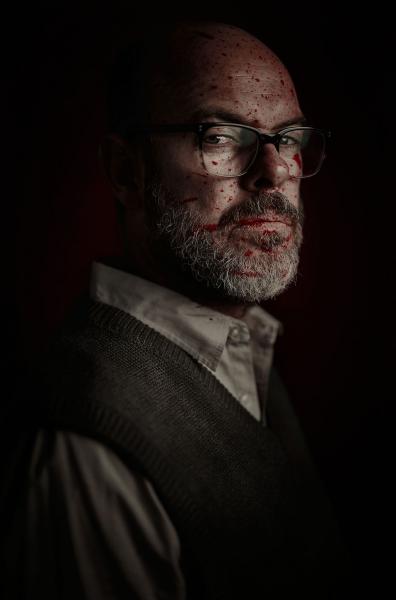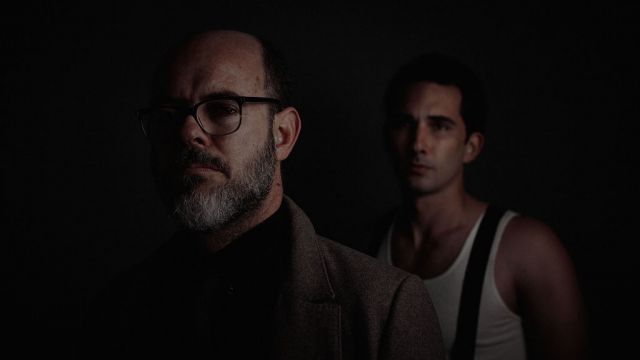Red
Relatively new Brisbane theatre group, Ad Astra, exists to push its creative team to new and starry heights. They work from a small converted office space on Misterton Street in the Valley, a short walk from the hub of King Street, and close to the iconic brick facades of the Exhibition Halls and the Old Museum. It is a great location for replicating the look and feel of Mark Rothko’s studio at 222 Bowery on New York’s Lower East Side in 1958, the setting for John Logan’s award-winning RED.
Logan’s play is a witty and fascinating examination of Rothko’s motivations, passions and demons, using the artist’s assistant as a sounding board to the painter’s philosophies and mood swings. The one-act play spotlights a strange-but-true episode in the artist’s career – the broke, down-and-out artist, famously passionate about the rights of the common man, has moved to a studio in the flea-bitten Bowery to complete a lucrative commission – murals for the mid-town Four Seasons restaurant in the Seagram skyscraper on ritzy Park Avenue. Talk about a clash of cultures: what was Rothko thinking? RED attempts to answer the question, capturing the 54-year-old painter’s mid-life cri de coeur as he rages against the shift of society and art to corporatisation and consumerism. He finally admits his inspiration in accepting the job – or does he? “I hope to ruin the appetite of every sonofabitch who eats there!”

Drawing on a vast CV of stage and screen experience, Francis McMahon achieves the difficult task of portraying the conflicted, angsty artist who over-complicates the painting of a red square. He gets the tortured anger and self-hatred, the arrogance and self-obsession of what the New Yorker once dubbed as Rothko’s ‘disastrous personality’; but he also allows us an understanding of the man’s softer side, the soul that wants acceptance, the love of art, and the biting Jewish humour. While McMahon’s Rothko edges toward the black that he fears will take over, Richard Lund embodies dogged painter’s assistant, Ken as a perfect foil to the encroaching darkness. While confronting his own dark past, he has an optimistic energy that is a welcome balance, matching the artist’s wit and questioning his often self-contradictory views and opinions. Lund shines when Ken challenges Rothko’s views on the upcoming new wave of young Pop artists (including Jasper Johns and Andy Warhol who would also spend time at no. 222 – but not until Rothko had moved on). Both actors are convincingly on-beat as late-1950s New Yorkers, holding their own, fencing skilfully through Logan’s game of words that entertains while also demanding attention and thought.

In a space this small – around 30 people in a socially distanced seating plan – succinct sets and costumes by Bill Haycock and deceptively simple lighting by David Walters economically catch the menace of the black and red that foreshadow the inevitable ending to Rothko’s story. Director, Jesse Richardson keeps a steady, energetic pace that makes the 90 minutes at 222 Bowery pass all too swiftly. And so, for a fleeting moment, you can experience world-class art in Brisbane’s Valley.
Rothko’s former studio may still be across the road from the Bowery Mission, but it appears to be under development as prime retail space in Manhattan’s ‘Nolita’ – ‘North of Little Italy’… and the Four Season’s restaurant has been closed for some time. You can hear Rothko’s gruff voice decrying the bitter irony. “Everything worthwhile ends. We are in the perpetual process now: creation, maturation, cessation.”
Beth Keehn
Photos: Fraser Smith
Subscribe to our E-Newsletter, buy our latest print edition or find a Performing Arts book at Book Nook.

